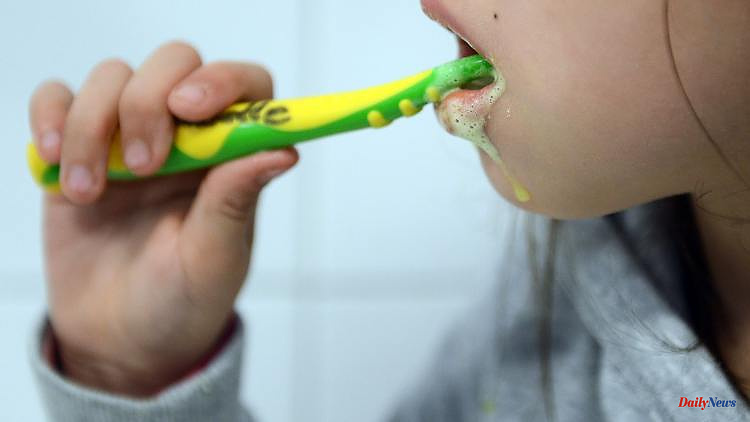The full effects of the corona pandemic will probably only become apparent in the coming years. Dental health statistics may also be included. In the meantime, there are preventive measures for children and young people again.
Rostock (dpa/mv) - After a two-year break, caries prevention measures for daycare and school children have started again this year. Because of the corona pandemic, group prophylaxis had largely been suspended, said the President of the State Dental Association, Stefanie Tiede, of the German Press Agency. This was certainly useful for reasons of defense against infection, but may have had an impact on the children's dental health. This will become apparent over the coming months when the statistics are evaluated.
Overall, a lot has been achieved in dental health in the past few decades. "The children brush their teeth better, there is group prophylaxis and the dentists themselves work on prevention in the practices," said Tiede. However, if tooth decay has crept in over the past two years, the children and their parents must be actively approached in order to sensitize them to better oral hygiene.
If caries already appears in children's teeth, the probability increases that it will also manifest itself in adulthood. However, this also depends on other factors such as diet and ongoing good oral hygiene, said Tiede. "The only thing that helps is enlighten, enlighten, enlighten."
The general improvements in oral hygiene were also evident in the elderly. "There are still people who wear full dentures today, but there are fewer," said Tiede. This trend will continue due to better preventive care, including in the treatment of periodontal disease. According to a study, in 1997 and 2014 in Germany the number of toothless adults aged 65 to 74 almost halved from almost 23 to around 12 percent. "It can be assumed that this number has since fallen further," said Tiede.












